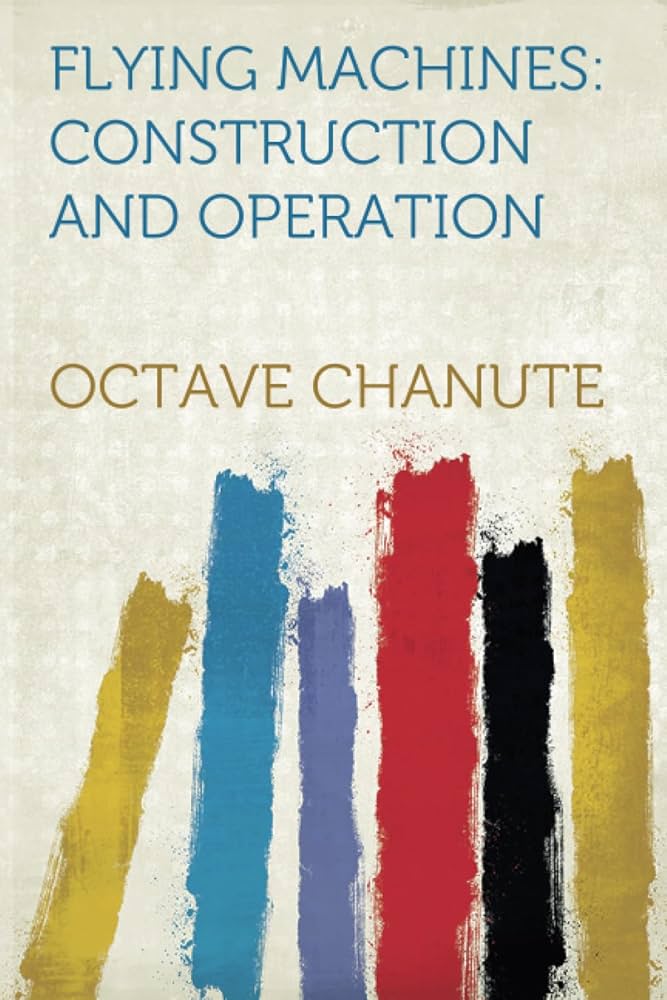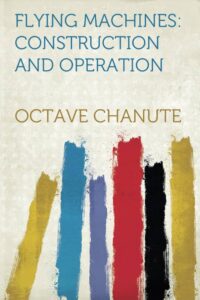Chapter IV — Flying Machines Construction And Operation
byChapter IV — Flying Machines Construction And Operation presents a clear comparison of the three principal types of manned flying machines: aeroplanes, helicopters, and ornithopters. Each model approaches flight through a distinct mechanism, but not all methods yield practical or efficient results. Among them, the aeroplane rises as the most successful, both in design application and operational reliability.
Helicopters are recognized for their ability to ascend vertically using rotating blades, allowing them to lift off without a runway. This capacity is especially useful in dense or remote locations where space is restricted. However, the vertical lift requires substantial power, often exceeding what is practical for sustained flight. Despite their agility, helicopters face limitations in energy efficiency and overall lift capacity. Their complex mechanics and high maintenance needs further reduce their feasibility for extended or heavy-use operations. This makes helicopters effective in niche scenarios but less suited for broader aviation roles.
Ornithopters take inspiration from birds, using flapping wings to generate lift and propulsion. Early inventors saw them as a natural mimicry of flight, assuming that nature’s model would translate seamlessly into engineering. But the flapping motion, while elegant in birds, proves inefficient when scaled for human use. Wing movement in birds is supported by complex muscle control and light body structures that machines can’t replicate effectively. As a result, mechanical ornithopters are unable to produce enough consistent lift. They often remain grounded, acting more as experiments or mechanical curiosities than viable aircraft. Even with modern materials, their performance falls short of practical standards.
By contrast, aeroplanes achieve lift through fixed wings and forward motion, creating airflow that sustains flight. This approach distributes the workload between aerodynamic surfaces and propulsion, allowing for greater energy efficiency. Aeroplanes can carry more weight, travel farther, and require less power relative to their performance. Their design enables predictable, stable flight over long distances. Improvements in materials and engine power have only increased their dominance. Whether in commercial, military, or recreational aviation, they remain the default solution for controlled, manned air travel.
The superiority of the aeroplane lies not only in its efficiency but also in its adaptability. Configurations can vary—from single-engine trainers to large multi-engine jets—without altering the core principles of flight. This flexibility allows aeroplanes to serve multiple purposes, from passenger transport to cargo delivery and even emergency response. Unlike helicopters, which are ideal for specific short-range tasks, aeroplanes scale more effectively for large operations. They also benefit from simpler maintenance and longer service lives. Their streamlined design reduces drag and maximizes lift, setting the standard for modern flight.
While helicopters and ornithopters contribute unique insights, they lack the balanced performance aeroplanes consistently deliver. Helicopters offer lift versatility, and ornithopters inspire innovation through biomimicry, but these benefits are overshadowed by technical inefficiencies. The consistent trajectory of aviation progress has leaned into the strengths of the aeroplane. Its capabilities continue to evolve, integrating advances in materials, automation, and fuel systems. These enhancements reinforce its position as the most viable form of powered flight.
For beginners and engineers alike, understanding why the aeroplane succeeded while others lagged behind is essential. The balance between lift, control, and power efficiency is not just a matter of theory—it determines real-world viability. Aeroplanes meet these criteria reliably, even in changing flight conditions. Their widespread use has driven infrastructure development, including airports, training systems, and global regulations. This has further cemented their dominance in the skies. As new technologies emerge, the aeroplane will likely remain central to how humans travel through air.
In the broader picture of aviation history, each machine type reflects an important phase in learning how to fly. Helicopters taught vertical control, and ornithopters explored motion and mimicry. But it was the aeroplane that turned vision into practicality. Its ability to convert mechanical power into sustained lift transformed how people interact with distance and time. As a result, the sky became not just reachable, but reliably accessible. This chapter underscores why, despite ongoing experiments, the aeroplane remains the definitive flying machine.


